City Of Ephesus And Celsus Library With More Than 12,000 Scrolls
A. Sutherland - AncientPages.com - This library - built in 117 AD - is one of the most beautiful structures in Ephesus.
It was a monumental tomb for Gaius Julius Celsus Polemaeanus - the governor of the province of Asia and a great lover of books.
The construction of the building began in 110 AD. The library was donated by his son - Julius Aquila Polemaeanus, who spent 25 000 denars for this purpose. The construction was latere finished by his descendants in 135 AD.
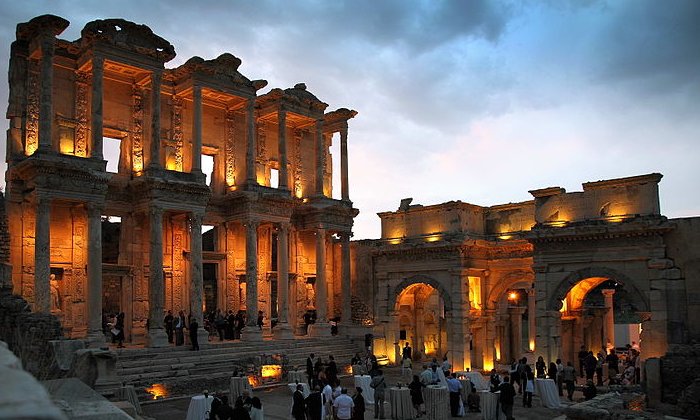 Image credit: Austrian Archaeological Institute - CC BY-SA 3.0
Image credit: Austrian Archaeological Institute - CC BY-SA 3.0
Resting on a nine-stepped podium 21m in length, the impressive surviving facade is richly decorated with relief carvings and has two stories - each with three pairs of columns capped with Corinthian capitals.
Celsus himself was entombed beneath the ground floor of the library in a lead coffin encased in a decorated marble sarcophagus. Across the entrance, there was a statue of Athena, the goddess of wisdom. The library stored more than 12,000 scrolls and it was the third richest library in ancient times after the Alexandra and Pergamum.
The library was a fascinating place with countless valuable literary works, and so was Ephesus, which is dated back to 2000 years BC. The city's long history includes the capture of Ephesus by the Kimmers (Cimmerians) in the 7th century BC, by the Lydians in 560, and later in 546 BC by the Persians, and their domination until Alexander the Great defeated the Persians in 334 BC.
The ruins of Ephesus, located near Selçuk town at 70 kilometers (44 miles) south of Izmir, is now an archaeological site with many ancient ruins including the Temple of Isis is situated at the center of the city's Agora, the fountain of Sextilius Pollio built in the year 93 AD, the Temple of Domitian (81-93 AD), the Gate of Heracles (Hercules), the fountain of Trajan built in the years 102-114, and the Temple of Hadrian appears dated to 117-138 AD,
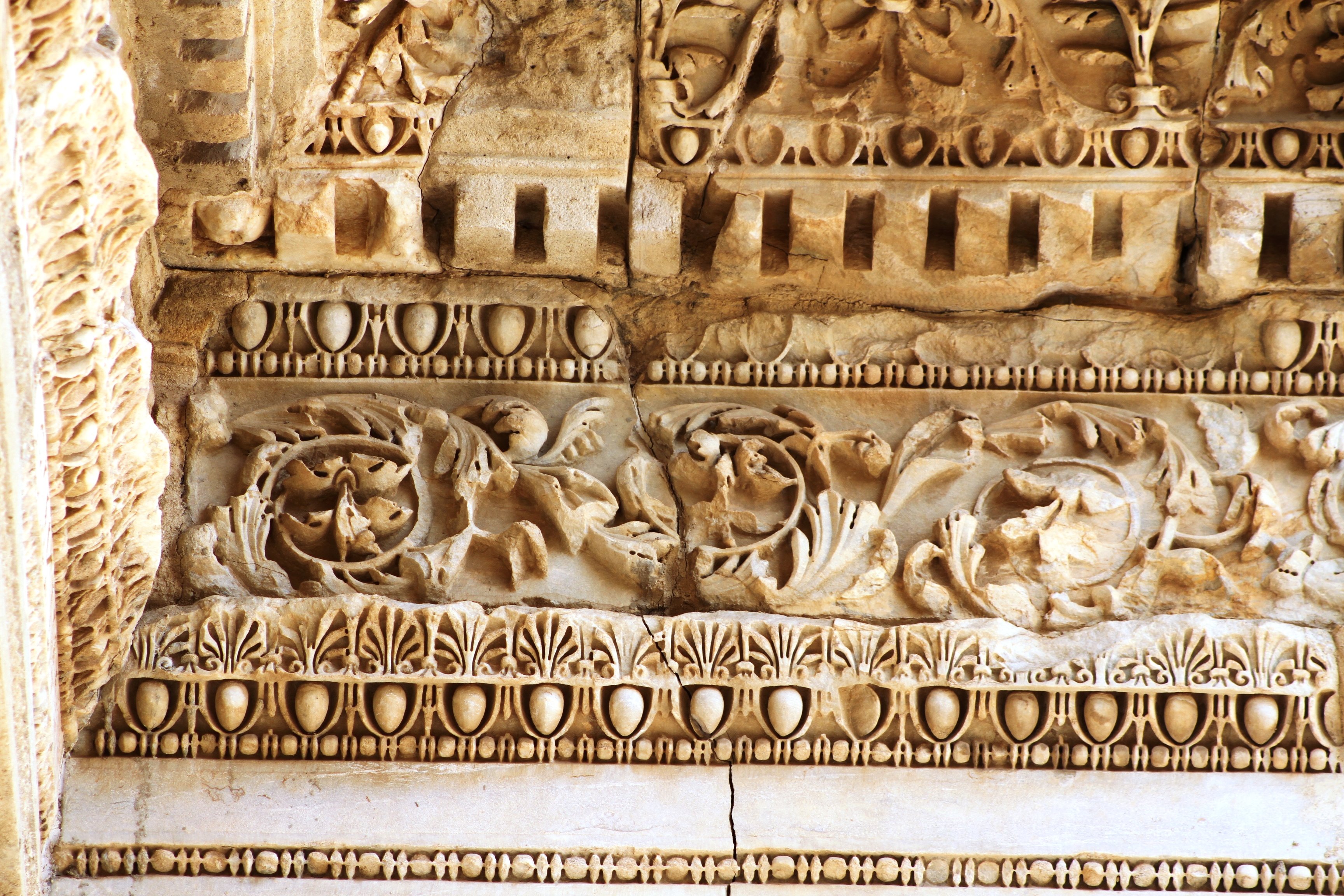 Celsus Library in Ephesus. Photo credits: Jose Luiz/Wikimedia
Celsus Library in Ephesus. Photo credits: Jose Luiz/Wikimedia
In the Celsus Library, the scrolls of the manuscripts were kept in cupboards in niches on the walls. There were double walls behind the bookcases to prevent them from the extremes of temperature and humidity.
The facade of the library has two stories, with Corinthian-style columns on the ground floor and three entrances to the building, flanked by four statues set back in niches.
The builders used an optical trick in that the columns at the sides of the facade are shorter than those at the center, giving the illusion of the building being greater in size.
Today the statues in the niches of the columns are copies of the originals. The interior of the library and all its books were destroyed by fire in the devastating earthquake that struck the city in 262. Only the facade survived. About 400 AD, the library was used for other purposes. The facade was completely destroyed by a later earthquake, probably in the late Byzantine period.
The statues symbolize wisdom (Sophia), knowledge (Episteme), intelligence (Ennoia), and valor (Arete) - the virtues of Celsus. The library was restored with the aid of the Austrian Archaeological Institute and the originals of the statues were taken to Ephesus Museum in Vienna in 1910.
Written by – A. Sutherland - AncientPages.com Senior Staff Writer
Copyright © AncientPages.com All rights reserved. This material may not be published, broadcast, rewritten or redistributed in whole or part without the express written permission of AncientPages.com
More From Ancient Pages
-
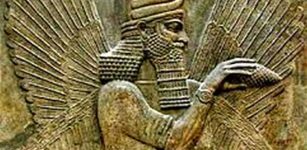 Glory And Fall Of Babylon Dedicated To The Cult Of Marduk
Featured Stories | Oct 11, 2016
Glory And Fall Of Babylon Dedicated To The Cult Of Marduk
Featured Stories | Oct 11, 2016 -
 What Happened To The Ancient Tribe That Entered A Secret Underground World And Never Came Back?
Ancient Mysteries | Feb 1, 2021
What Happened To The Ancient Tribe That Entered A Secret Underground World And Never Came Back?
Ancient Mysteries | Feb 1, 2021 -
 Homo Bodoensis Is A New Species Of Human Ancestors Who Lived Half A Million Years Ago
Archaeology | Nov 1, 2021
Homo Bodoensis Is A New Species Of Human Ancestors Who Lived Half A Million Years Ago
Archaeology | Nov 1, 2021 -
 ‘Wheel Of Giants’: Mysterious Complex Of Circles – Prehistoric ‘Stonehenge’ Monument In The Middle East
Featured Stories | Mar 29, 2019
‘Wheel Of Giants’: Mysterious Complex Of Circles – Prehistoric ‘Stonehenge’ Monument In The Middle East
Featured Stories | Mar 29, 2019 -
 Sinuses Reveal More About The Evolution Of Ancient Humans
Archaeology | Oct 29, 2022
Sinuses Reveal More About The Evolution Of Ancient Humans
Archaeology | Oct 29, 2022 -
 Scientists Caution Against Over-Interpreting Influence Of Climate On Cultural Change And Catastrophe
Archaeology | Aug 18, 2022
Scientists Caution Against Over-Interpreting Influence Of Climate On Cultural Change And Catastrophe
Archaeology | Aug 18, 2022 -
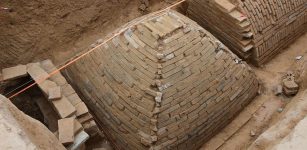 Mysterious Pyramid-Shaped Tomb Discovered In China
Archaeology | Mar 15, 2017
Mysterious Pyramid-Shaped Tomb Discovered In China
Archaeology | Mar 15, 2017 -
 Ancient Irrigation System Could Boost Water Availability In Peru
Archaeology | Jun 26, 2019
Ancient Irrigation System Could Boost Water Availability In Peru
Archaeology | Jun 26, 2019 -
 Has AI Found An Unknown Human Ancestor?
Archaeology | Jan 17, 2019
Has AI Found An Unknown Human Ancestor?
Archaeology | Jan 17, 2019 -
 Riddle How Human’s Uniquely DNA Evolved Solved By Scientists
DNA | Jan 13, 2023
Riddle How Human’s Uniquely DNA Evolved Solved By Scientists
DNA | Jan 13, 2023 -
 2,800-Year-Old Urartu Jars Uncovered In Eastern Turkey
Civilizations | Sep 9, 2015
2,800-Year-Old Urartu Jars Uncovered In Eastern Turkey
Civilizations | Sep 9, 2015 -
 Dropa Stones: Did A 12,000 Year-Old Extraterrestrial Spaceship Crash On Earth?
Ancient Mysteries | Oct 2, 2015
Dropa Stones: Did A 12,000 Year-Old Extraterrestrial Spaceship Crash On Earth?
Ancient Mysteries | Oct 2, 2015 -
 Giants Did Exist And Were A Part Of Earth’s Ancient History
Ancient Mysteries | Apr 29, 2014
Giants Did Exist And Were A Part Of Earth’s Ancient History
Ancient Mysteries | Apr 29, 2014 -
 New Cosmic Ray Bombardment Of The Great Pyramid – Search For The Hidden Chamber Continues
Archaeology | Jan 20, 2020
New Cosmic Ray Bombardment Of The Great Pyramid – Search For The Hidden Chamber Continues
Archaeology | Jan 20, 2020 -
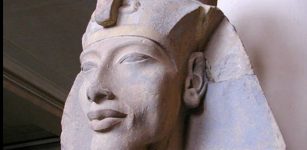 Akhenaten: Unorthodox Ruler Who Had Only One God
Featured Stories | Mar 28, 2017
Akhenaten: Unorthodox Ruler Who Had Only One God
Featured Stories | Mar 28, 2017 -
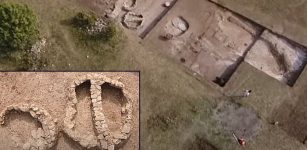 Göbeklitepe-Like Kahin Tepe Is Oldest Worship Place In Black Sea Region – Interesting Finding
Archaeology | Sep 30, 2020
Göbeklitepe-Like Kahin Tepe Is Oldest Worship Place In Black Sea Region – Interesting Finding
Archaeology | Sep 30, 2020 -
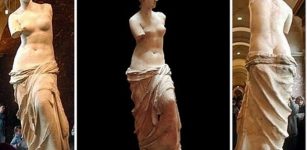 On This Day In History: Statue Of Venus de Milo Is Discovered On The Aegean Island Of Milos – On Apr 8, 1820
News | Apr 8, 2016
On This Day In History: Statue Of Venus de Milo Is Discovered On The Aegean Island Of Milos – On Apr 8, 1820
News | Apr 8, 2016 -
 Magnetic Compass Was Invented In Ancient China
Ancient History Facts | Mar 18, 2016
Magnetic Compass Was Invented In Ancient China
Ancient History Facts | Mar 18, 2016 -
 Story Of Atahualpa: The Last Emperor Of The Inca Empire
Featured Stories | Feb 4, 2016
Story Of Atahualpa: The Last Emperor Of The Inca Empire
Featured Stories | Feb 4, 2016 -
 Saqqara New Discoveries: Fifth Dynasty’s Pyramid Complex That Belonged To Queen Setibhor
Archaeology | Apr 15, 2019
Saqqara New Discoveries: Fifth Dynasty’s Pyramid Complex That Belonged To Queen Setibhor
Archaeology | Apr 15, 2019
